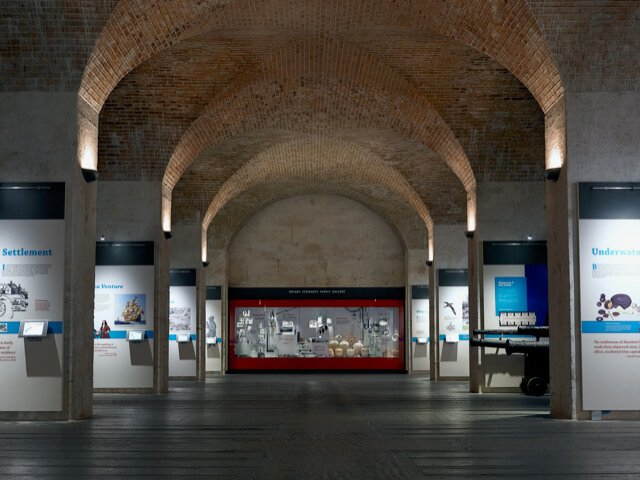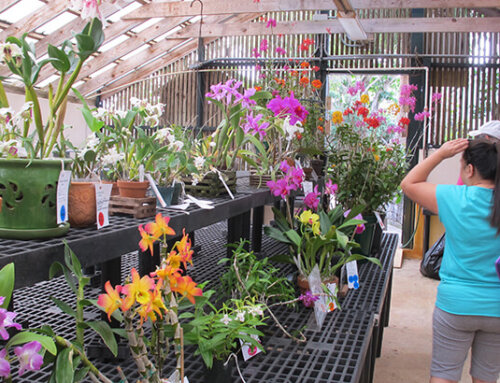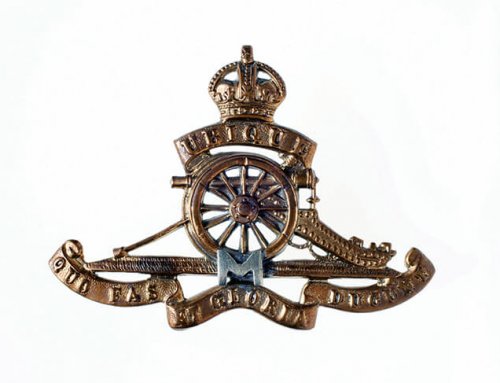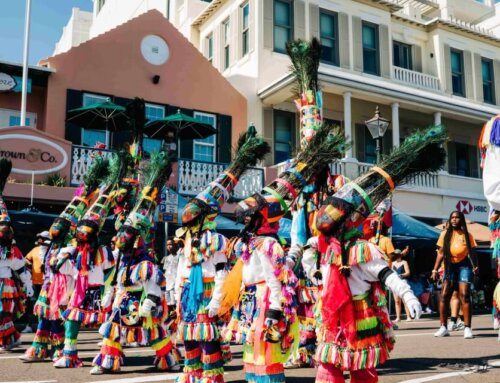By Elena Strong, National Museum of Bermuda
Over five centuries, hundreds of vessels have come to grief on Bermuda’s encircling reefs due to pilot error, raging storms, inaccurate charts and the historical inability to accurately determine position at sea. These wrecks are more than a collection of fascinating and precious objects they are material records of Bermuda’s interaction with the Atlantic World, offering insight into life on board ship and the technology, activities, craftsmanship and cultures of the past. Not everyone has the opportunity to explore Bermuda’s shipwrecks in their watery habitat so an exhibit at the National Museum of Bermuda, Shipwreck Island, Sunken Clues to Bermuda’s Past, brings the island’s earliest shipwrecks, as well as their artefacts, stores and histories to land.
Shipwreck Island tells the story of Bermuda’s discovery, early settlement and history from 1505 to 1684 through the lens of a collection of 16th– and 17th– century shipwreck artefacts recovered from local waters. It features over 1,500 objects, including large cannon, rare New World indigenous weapons, intact olive jars, silver coins, gold ingots, colonial pottery, medical, navigation and ship tools and exotic trade goods from the New World and Asia. The exhibit explores life aboard ship, the people who discovered the shipwrecks, marine archaeology and the importance of protecting our underwater cultural heritage for future generations.
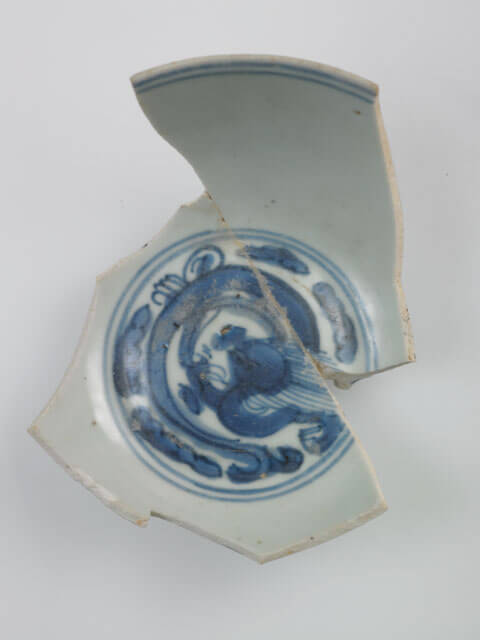
This plate may be one of the earliest examples of Chinese export porcelain that travelled through the New World to reach Europe.
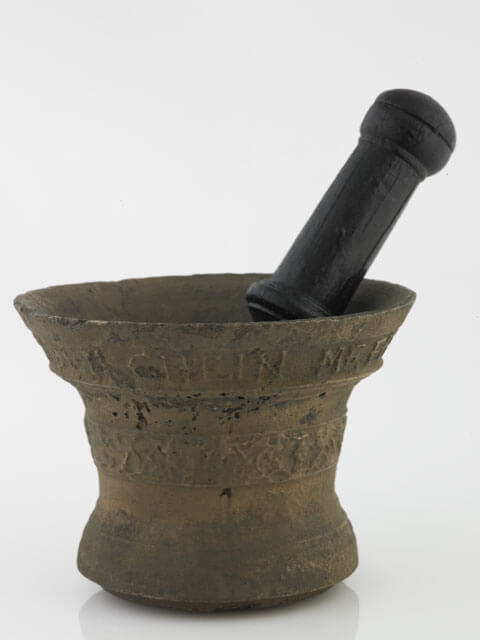
Standard in a ship surgeon’s kit, mortars and pestles were used to grind and mix ingredients to make medicine. This example was made by a well known firm of Dutch bellmakers in 1561.
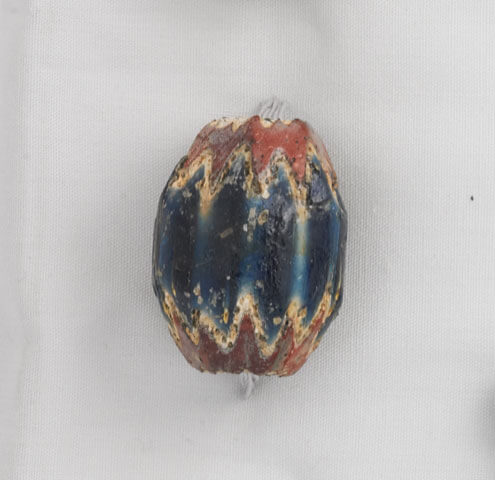
Beads made in Italy were trading currency in Africa to purchase products and slaves. European merchants made vast profits trading beads in exchange for African people and natural resources.

